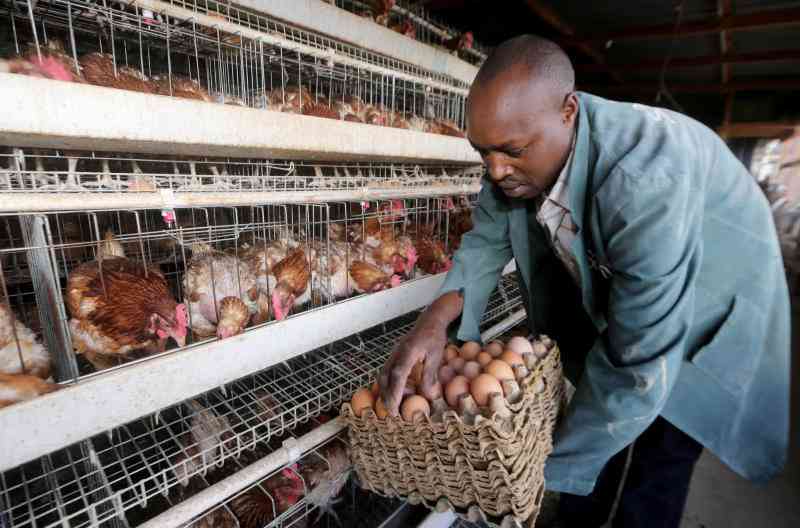
Dear Daktari,
I am a rancher here in Isinya and I am noting that over the ten years the area has become exceedingly to hot. A chat with an environmental scientist the other day confirmed my fears that climate change is on home stretch. As I said I do ranching and keep sheep, goats and Borana cows. What are the risks in terms of disease dynamics and is there anything I can do to mitigate against the effects of climate change on my farm.
Jeconiah Mokaya
Thanks, Jeconiah for the question. It is true that Climate Change is already here with us and its effects are taking a toll on farmers. Unfortunately, most farmers are still not aware of this change and are still practicing traditional farming hence bearing the full force of climate change. Fortunately, this is a subject that has been well researched and with a lot of preventive and curative literature out there.
Higher temperatures and humidity will generally increase growth rate of disease-causing parasites and disease vectors. This added to the climate stress on livestock like heat, inadequate water and feed can subsequently make them more prone to diseases.
Livestock Feed Scarcity
Most farmers fear the fact that climate change will result in a flare-up of livestock diseases. However, the first impact that is already evident is the inadequate animal feeds. Droughts due to climate change are directly decimating pastures that are reliant on rains. Some parts of the country as we speak have not received any rains for over one year.
Expansion of disease vector habitats
Published research is pointing at an increase in disease vector populations. This once again is exacerbated by climate change that is causing an expansion of disease vector habitants. The sequel of this will be an increase in disease incidences.
What should farmers do? - Adapt to climate change
More alert to diseases
Accepting that the climate is changing is the first step in adapting to climate change through adoption of farming techniques that are climate smart. The end goal should be to ensure better nutrition and effective disease management. While the government improves its disease surveillance the farmer must be on the look out for livestock disease to inform timely and effective interventions – participatory surveillance. Climate instigated infections like Rift Valley Fever which comes after heavy rains, or anthrax that is common during dry seasons when grass is almost not available are animals graze very low on the ground should be prevented through strategic vaccinations.
One Health Approach
This approach requires an understanding and appreciation of how diseases are connected to the environment, human behavior and human/animal interactions. This multi-disciplinary approach acknowledges a wider stakeholder participation in disease prevention and control and the farmer has a place on the table owing to his close interaction with the livestock that are facing climate change challenge.
Want to get latest farming tips and videos?
Join Us
 The Standard Group Plc is a multi-media organization
with investments in media platforms spanning newspaper print operations,
television, radio broadcasting, digital and online services. The Standard Group
is recognized as a leading multi-media house in Kenya with a key influence in
matters of national and international interest.
The Standard Group Plc is a multi-media organization
with investments in media platforms spanning newspaper print operations,
television, radio broadcasting, digital and online services. The Standard Group
is recognized as a leading multi-media house in Kenya with a key influence in
matters of national and international interest.
 The Standard Group Plc is a multi-media organization
with investments in media platforms spanning newspaper print operations,
television, radio broadcasting, digital and online services. The Standard Group
is recognized as a leading multi-media house in Kenya with a key influence in
matters of national and international interest.
The Standard Group Plc is a multi-media organization
with investments in media platforms spanning newspaper print operations,
television, radio broadcasting, digital and online services. The Standard Group
is recognized as a leading multi-media house in Kenya with a key influence in
matters of national and international interest.








